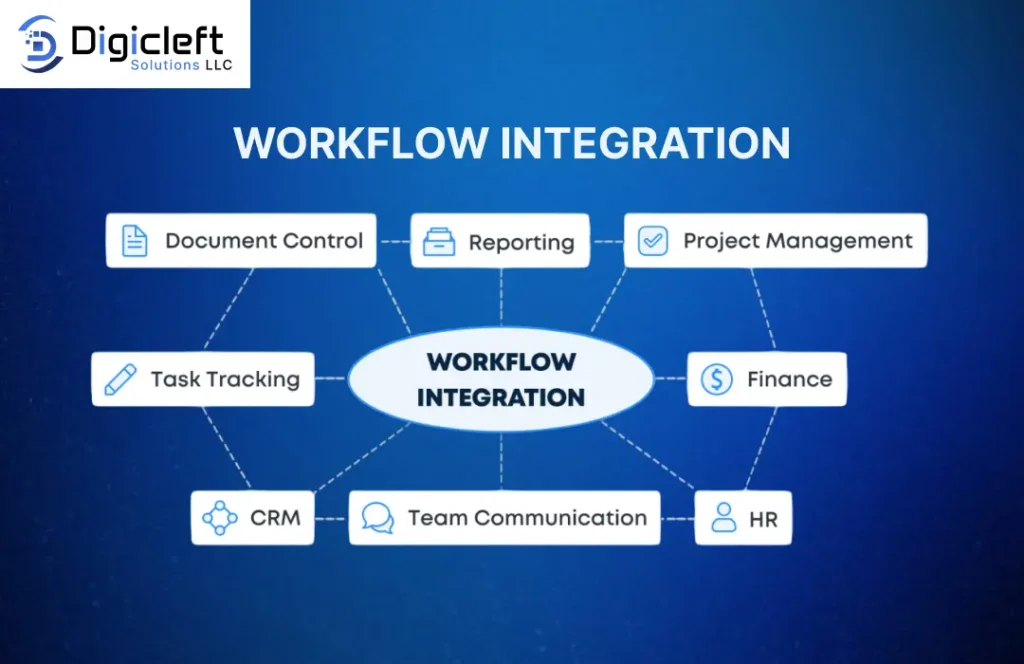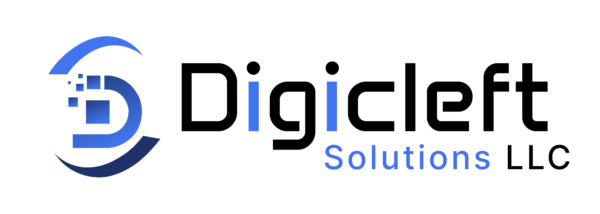
If you’ve ever felt stuck with general forms that don’t capture the exact data you need, you’re not alone. Forms are the lifeline of digital interactions, and Liferay 7.4 takes them to the next level with custom form fields. Imagine being able to design fields that talk your business language, follow your workflows, and make life easier for users. That’s exactly what well uncover in this guide.
Why Custom Form Fields Matter in Liferay
Think about it: a standard form might let you capture names, emails, or phone numbers. But what if you’re running an e-learning platform and need to log “preferred learning styles” or “course completion timelines”? That’s where custom fields shine they let you tailor forms to your unique requirements. No more workarounds, no more messy spreadsheets.
What’s New in Liferay 7.4
Liferay 7.4 isn’t just another update. It introduces richer field types, better validations, and deeper integration capabilities. Developers and admins now have a playground where they can produce smarter forms that connect directly with workflows and data management tools.
Getting Started with Liferay Forms
Accessing the Form Builder
You’ll find the form builder under Content & Data > Forms in the Control Panel. It’s a drag-and-drop interface, so even if you’re not a developer, you can still craft effective forms.
Understanding Built-in Fields
Out of the box, Liferay gives you text boxes, dropdowns, checkboxes, date selectors, and more. These cover the basics, but they don’t always cover industry-specific requirements.
When to Create Custom Fields
- Industry-specific data capture (e.g., license numbers, department codes).
- Advanced validations.
- Integration with other apps or workflows.
Core Concepts of Custom Fields
Field Types and Their Use Cases
From text inputs to dynamic lists, each field type has its sweet spot. For example, radio buttons are great for exclusive choices, while file uploads are perfect for onboarding documents.
Data Storage and Mapping
Custom fields aren’t just cosmetic—they’re tied to your database. You can map them to objects, making data retrievable and report-friendly.
Validation and Rules
Want to ensure users enter a valid employee ID format? Validations let you enforce rules that keep your data clean and dependable.
Step-by-Step Guide to Creating Custom Fields
Navigating to Custom Fields Section
Head over to Control Panel > Custom Fields. This is where the magic starts.
Adding a New Field
Click Add, give your field a name, and select its type.
Configuring Properties
Decide whether the field is mandatory, searchable, or has a default value.
Applying Field Validations
Set regex patterns, character limits, or numerical ranges to ensure data quality.
Advanced Features for Custom Fields
Field Visibility Rules
Show or hide fields based on user responses. Example: only show “dietary preferences” if the user selects “attending event.”
Conditional Logic
Use if-then rules to make forms dynamic and user-friendly.
Auto-population and Prefill Options
Save users time by preloading fields with data you already know (like username or email).
Integrating Custom Fields with Workflows

Linking Fields to Business Logic
Tie form inputs directly to backend processes. For instance, a “priority level” field can trigger faster service requests.
Workflow Automation
Custom fields can kickstart workflows approvals, escalations, or notifications.
Notifications and Approvals
Imagine filling in a “budget request” form and instantly notifying the finance team—seamless and automated.
Styling and User Experience
Customizing Field Layouts
Drag, drop, and align fields for a clean form structure.
Responsive Design
All fields adapt across devices, so no one struggles on mobile.
Accessibility Considerations
ARIA labels, keyboard navigation, and contrast-friendly colors ensure inclusivity.
Best Practices for Managing Custom Fields
Naming Conventions
Keep names simple and descriptive. “EmployeeID” beats “Field_123.”
Avoiding Field Overload
Too many fields overwhelm users. Stick to essentials.
Maintaining Consistency Across Forms
Use the same field naming and logic across forms to reduce confusion.
Troubleshooting Common Issues
Field Not Displaying
Check permissions and visibility rules.
Validation Errors
Review regex or validation logic it’s often a small typo.
Data Sync Problems
Ensure your custom fields are mapped correctly to your database objects.
Real-World Use Cases
Customer Onboarding Forms
Capture tailored details like account preferences and service needs.
HR Employee Applications
From past experiences to emergency contacts, HR gets exactly the info they need.
Event Registrations
Go beyond names ask for T-shirt sizes, meal choices, or workshop preferences.
Digicleft Solution for Custom Fields
Why Businesses Trust Digicleft Solution
With years of expertise in Liferay, Digicleft Solution helps businesses implement custom fields without the headaches.
Custom Implementation Services
From scoping to execution, they handle the full cycle of creating and deploying custom fields.
Continuous Support and Optimization
They don’t stop after delivery ongoing support ensures forms evolve with your business needs.
Future of Custom Fields in Liferay
AI and Smart Forms
Think auto-suggestions and AI-driven recommendations as users type.
Enhanced Integrations
More third-party apps and APIs will seamlessly connect with Liferay forms.
Predictive Data Suggestions
Forms that learn from user behavior and suggest answers yes, that’s coming.
Conclusion
Custom form fields in Liferay 7.4 aren’t just a feature they’re a game-changer. They allow you to capture meaningful data, automate workflows, and deliver better user experiences. Whether you’re handling HR, customer onboarding, or events, the possibilities are endless. And with partners like Digicleft Solution, you’re not just building forms you’re building smarter business processes.
FAQs
Q1. Can I migrate custom fields between environments?
Yes, you can export/import forms with custom fields using Liferay’s configuration tools.
Q2. Are custom fields upgrade-safe in Liferay 7.4?
Absolutely. They’re designed to persist across upgrades with minimal adjustments.
Q3. How do I secure sensitive field data?
Use permissions, encryption, and secure data storage practices.
Q4. Can I use custom fields in analytics dashboards?
Yes, once mapped, custom fields can feed directly into Liferay’s reporting and analytics.
Q5. What’s the performance impact of too many custom fields?
While Liferay handles fields efficiently, too many can slow down forms. Stick to essentials for smoother performance.


